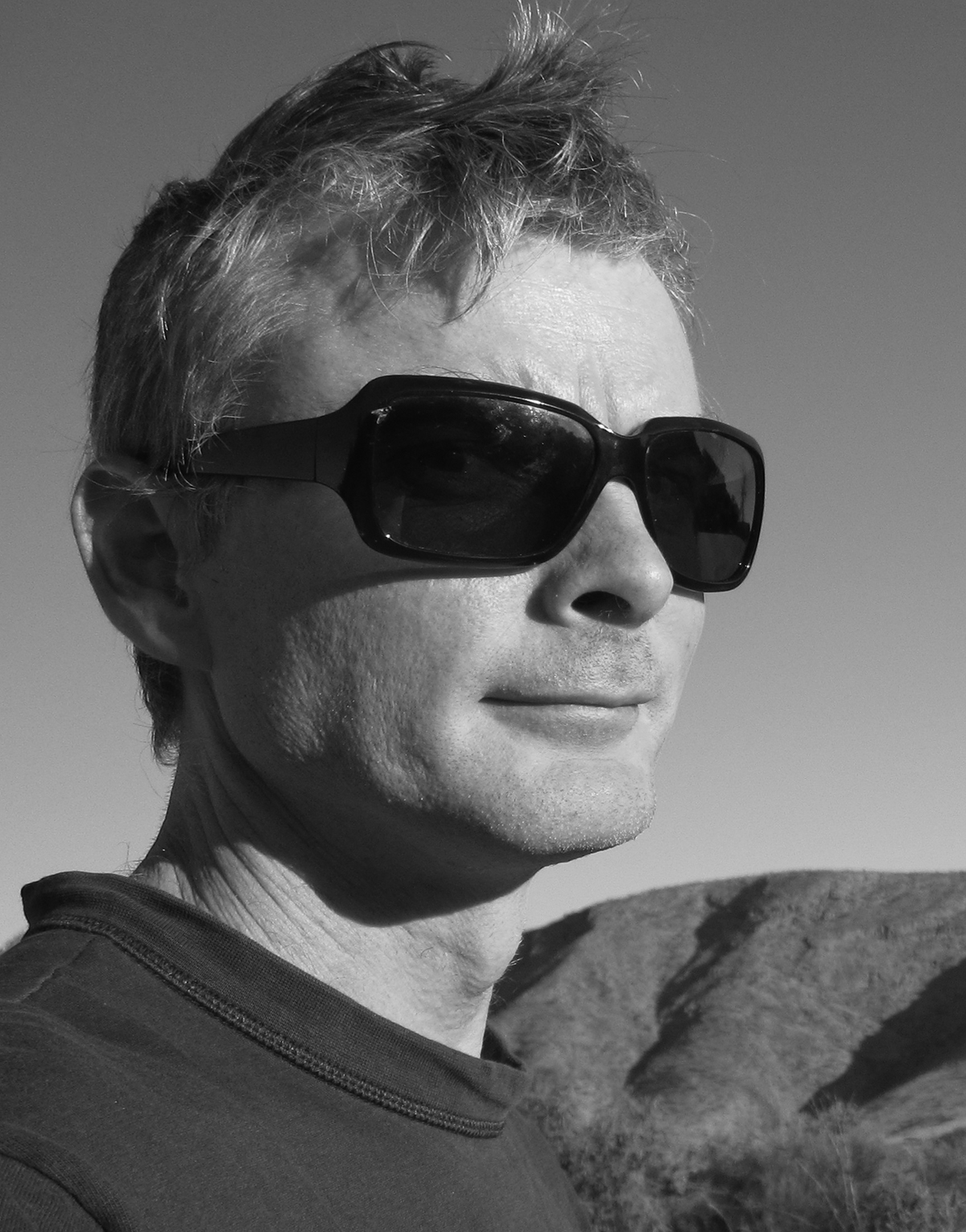
Darren Jorgensen
I am a failed novelist who was always too distracted to complete a full draft. My unfinished and unpublished novels include Brian and the War of Stillness, The Captain: An LSD Story, and Travels of a Tasmanian Tiger in an Age of Extinction. Eventually, it became too difficult to be a failed novelist and still receive unemployment benefits, so I went to university and stayed long enough to do a PhD on Immanuel Kant and science fiction. While doing a PhD my friend and former Papunya Tula field worker Chris Durkin came to visit and was trying to impress my housemate with his collection of Papunya Tula paintings, rolling them out on my bedroom floor. This was a turning point for me as I realised that art was being produced in Australia of a quality to compare to any made in New York or Paris. I then got a job at the University of Western Australia and have since focused on writing about visual art from remote Australia, including co-authoring Wanarn Painters of Place and Time (with David Brooks, UWAP, 2016), co-editing Indigenous Archives (with Ian McLean, UWAP, 2017) and editing Bush Women (FAC, 2018).
I think my writing has become a lot better since writing for a readership rather than for my housemates, and especially since RealTime gave me my first chance to write regularly in 2008. Since then, I’ve reviewed and written on Australian visual arts for Artlink, Eyeline and other arts publications, as well as for academic journals, most recently especially for World Art. Working for a University is a real luxury as I can support a family while working on what I love to do, which is to read, write and research, as well as talk about art and the way that it opens up possibilities for seeing the world anew. At the moment I am focused on drawings and carvings from cattle and sheep stations in Australia, dating back to the 19th century. Sometimes, these possibilities for seeing the world anew lie not in the future but in the past, that is often as science fictional as anything from outer space.
Exposé
In my day job I work as an ‘art historian,’ which means trying to write artworks into their contexts. Such writing means that you place a certain distance from yourself and the art that you are writing about. This kind of practice has been critiqued for its ‘mastery’ both of art and of history, for its claims to the ‘truth’ of art. Previously I’ve been a newspaper art critic, a classic case of ‘mastering’ art as week after week I judged exhibitions, arguing in a few hundred words whether they were good or bad or a mix of both. A third kind of writing (next to art history and art criticism), and one that RealTime has long fostered, is ‘art writing,’ a nebulous sort of practice that tries to stay with the experience of the artwork, becoming a part of its life and its memory. I always appreciated the way that RealTime wanted to collapse the distinctions between art and its representation as much as possible, as well as those between types of art, whether it be writing, performance, exhibition, or whatever. After all, the difference between a gallery and a theatre is a way of keeping art in its place, of keeping ideas from changing people, and people like artists from changing the world.
Recent articles for realtime
Decibel and the new classicism
Road rage art
Experimental art—having to speak for itself
War, nostalgia, utopia
Climbing Art






